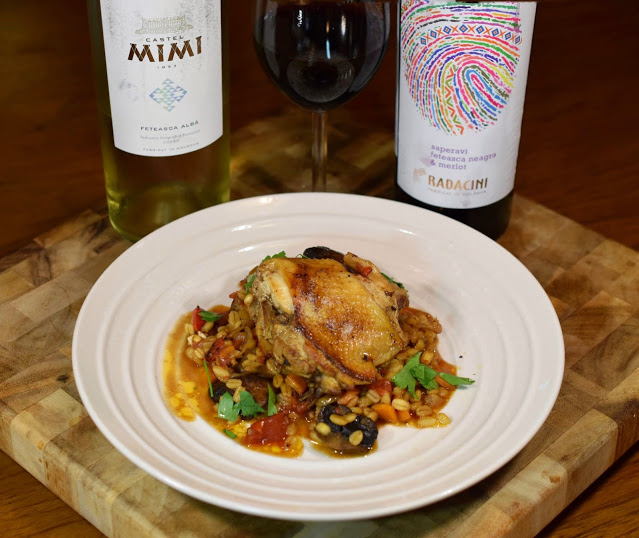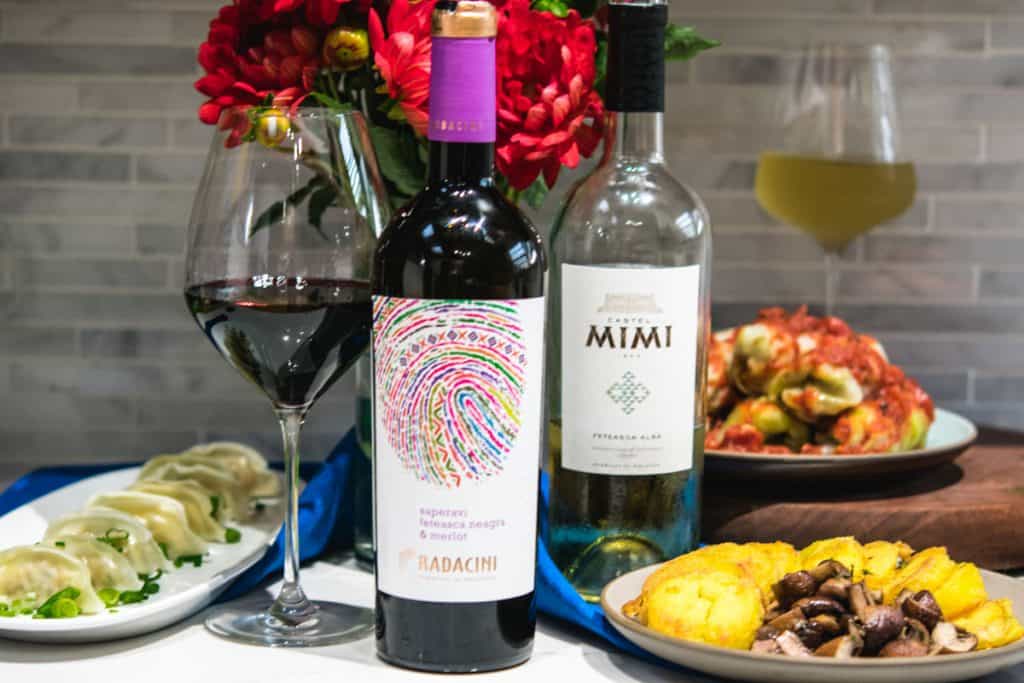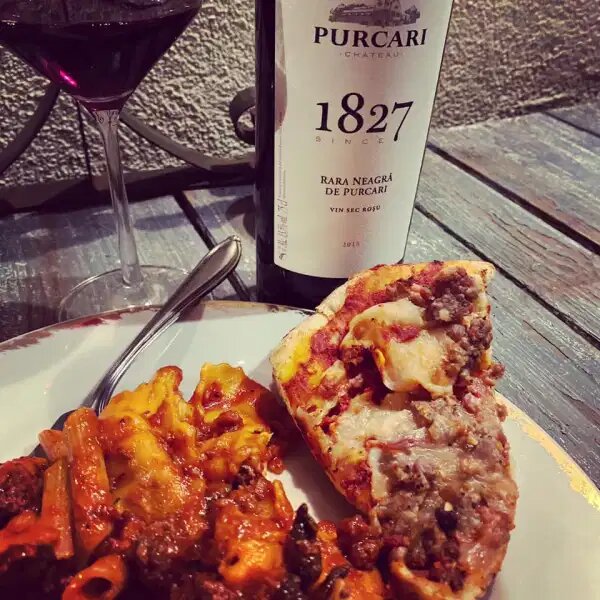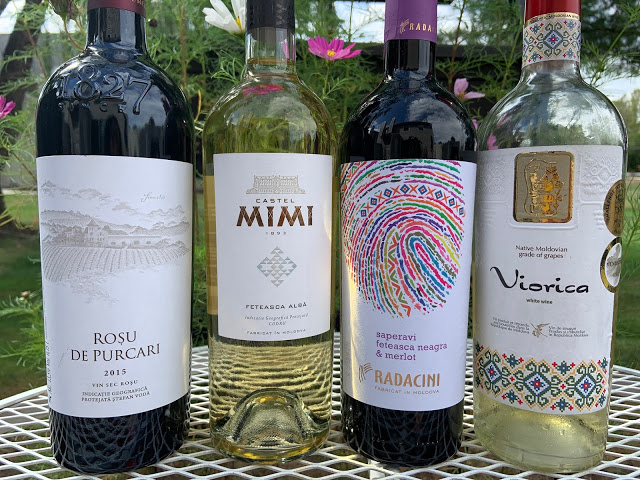Pairing Moldovan Wine with Burmese Food
Ancient wine history
Located between Ukraine and Romania, Moldova is an Eastern European country that has been making wine since 3000 BC.
The first grape vines in the area date back to 7000 BC, but it wasn’t until 2013 that the country adopted the European Union model of protected geographical regions.

4 Grape Growing Regions
These geographical regions have been divided into four major areas with the following characteristics.
#1 Valul lui Traian
- southwest Moldova
- warm, dry summers and mild winters
- soils are leached and carbonated chernozems
- produces 60% red wine with the remainder as sweet fortified white wine (Pastoral) and full bodied white wine
- historically known for Trajan’s Walls, built by the former Roman emperor
#2 Stefan Goda
- southeast Moldova
- average altitude of 120 meters
- moderate continental climate with Black Sea influence
- 450-550 ml rainfall
- noted for red grapes especially the indigenous Rara Neagra varietal
#3 Codru
- central Moldova
- coolest region with wooded hills, slopes and river valleys
- oak and linden forests protect vineyards from wind and frost
- noted primarily for white grapes
#4 Divin
- covers the entire Republic of Moldova
- produces spirits distilled from wine and aged at least 3 years with oak
Source: Enotourism Guide for the Republic of Molodova, by Wine of Moldova

Where in the world is Moldovan wine?
If you’re having trouble finding Moldovan wines in the US (like I did), they currently don’t export very much of it. Though I expect that to change in the years to come.
In 2018, exports went to the following countries:
BY VOLUME: Poland (14%) / Romania and Czech Republic (13%) / Russian Fed. (12%) / China (10%)
BY VALUE: Romania (15%) / China (13%)/ Poland (12.5%) / Czech (+11.4%) / Russian Fed. (11%)
Pairing with Burmese food
After tasting 3 wines from Moldova, I found them to be food friendly, highly drinkable, and on par with finer Eastern European wines I have tried.
Since Moldovan wines are relatively under the radar to the American market, I chose to pair them with another lesser known cuisine Asian cuisine.
Known officially as the country of Myanmar since 1989, the country is often still referred to by its old name of Burma and the cuisine as Burmese.
Bordered by India, China, Thailand, Laos, and Bangladesh, the cuisine certainly has influences from those countries but still mild enough to pair easily with wine.
While I found the wines to be versatile and actually paired nicely with all the food I made, these were my favorite combinations.
Pairing #1: Sparkling Crisecco with Burmese chicken curry
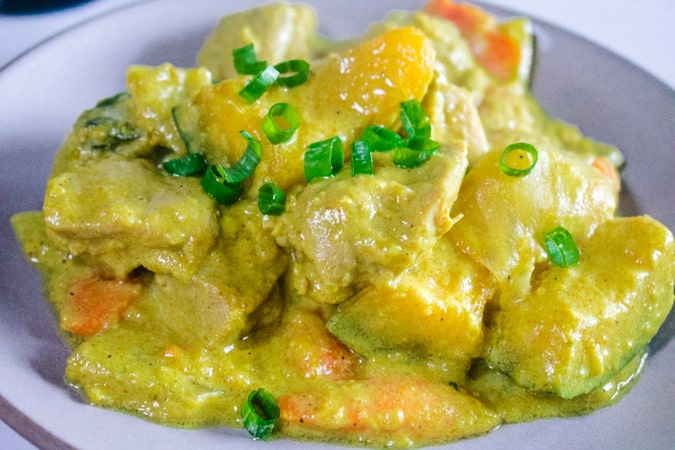
Burmese curries have fewer ingredients and spices than Thai or Indian curries and rely primarily on turmeric, garlic, ginger, and onion for flavor.
Coupled with a dash of coconut cream, I found the curry to sing and dance with the sparkling Crisecco wine that had notes of fresh green apples and toasted nuts.
The bubbles too really cut through the coconut milk and made the curry sizzle.
Pairing #2: Viorica white wine with spicy eggplant curry

Viorica is an indigenous Moldovan grape and my favorite of the three I tried.
Incredibly aromatic with a peach, pineapple, and floral nose, it tasted of kiwi, citrus, and some fresh herb.
I liked drinking this wine on its own, but it also made a cooling match with a spicy eggplant curry.
Pairing #3: Rare Neagra red wine with split pea fritters

These Burmese fritters are a bit like falafels but made with split peas instead of chickpeas and fewer spices.
Seasoned with a generous amount of onion and turmeric, these little crispy patties made for a nice little appeitzer with the Rara Neagra wine.
Another indigneous grape, the Rara Neagra as a red wine was surprisingly easy to pair and even went with spicy food. For that reason, I chose them with the crispy split pea fritters, since fried food is generally paired with sparkling or white wine but these made a warm, cozy match.
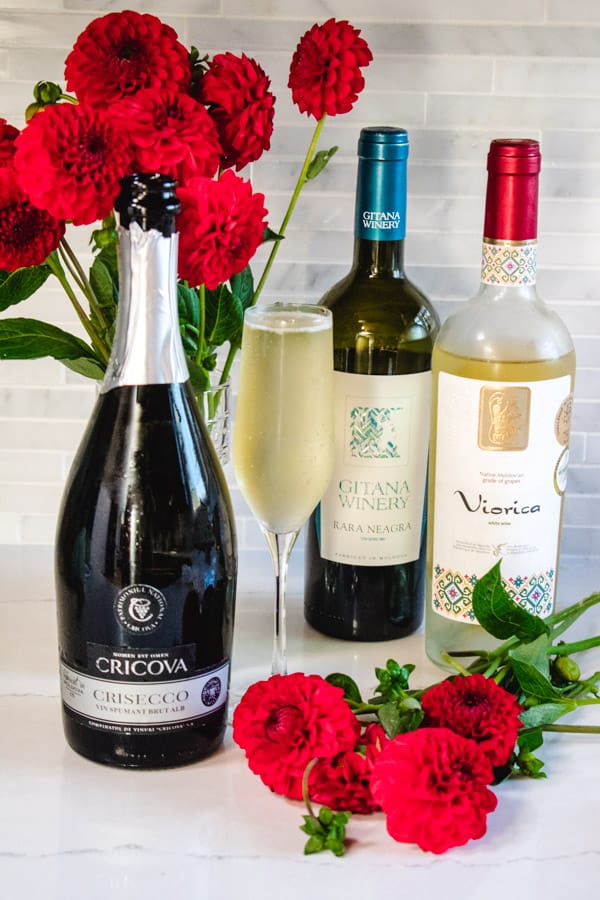
Overall, I was quite pleased with the quality of the Moldovan wines I taste and especially enjoyed their versatility with food.
I am certain they would pair finely with not just Burmese cuisine but a variety of others.
Written by : Asian Test Kitchen


